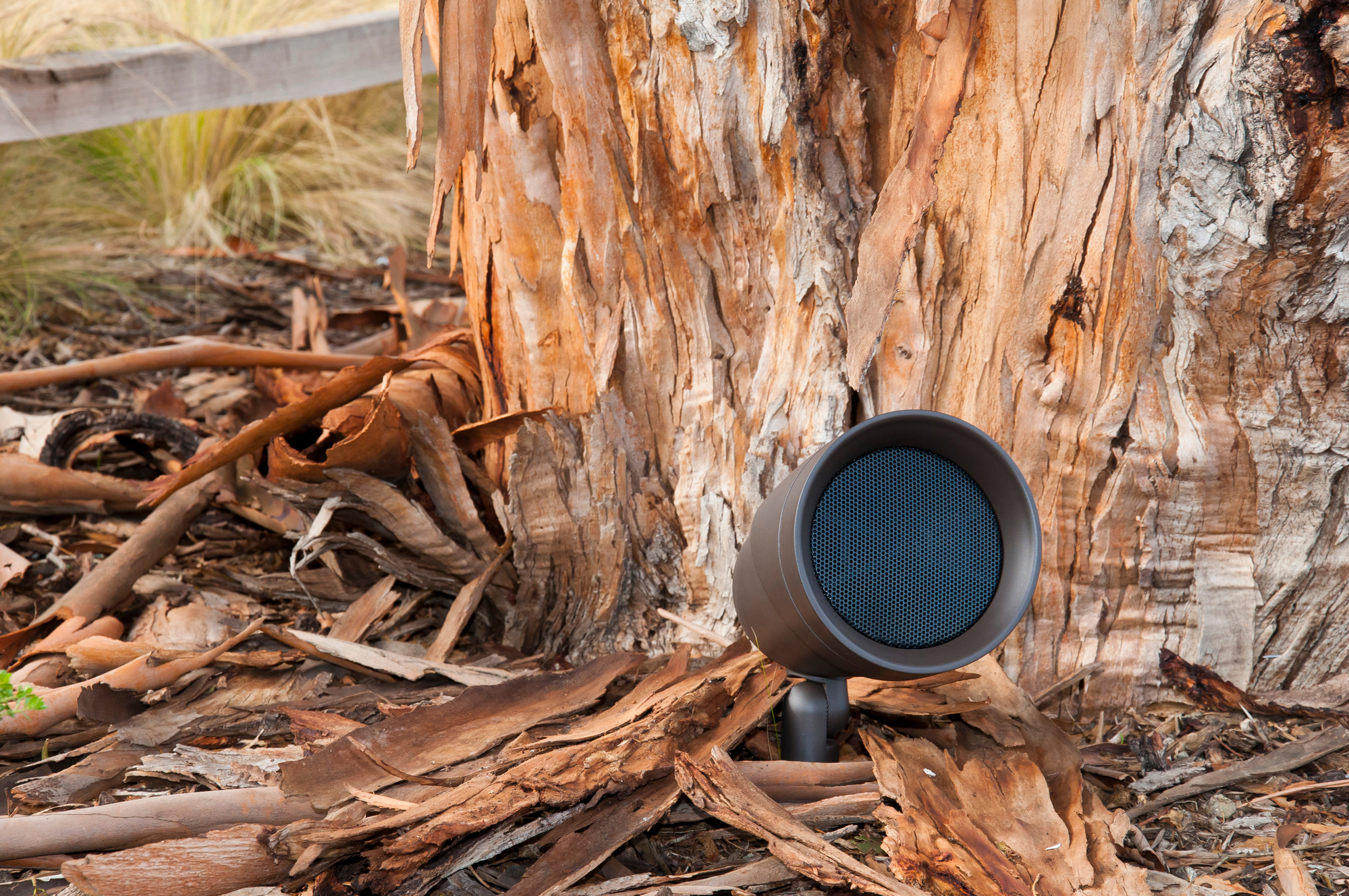Choosing the Right Screen for Your Private Home Theater
How to Bring Dynamic, Larger-Than-Life Images to Your Space
Installing a private home theater is all about enjoying the big-screen experience. Whether you’re watching a movie, your favorite TV show or the Astros, it all just feels a little different when it's shown on a 120” screen. As you’re looking for the best equipment for your brand new theater –from Dolby Atmos-enabled speakers to 4K Ultra HD projectors—it’s important that you don’t skimp when it comes to your screen. You also need to consider that bigger isn’t always better. Read on to see how you can find the right one to fit your room’s specifications.
SEE MORE: 5 Steps to Creating the Home Theater of Your Dreams
Figuring Out the Perfect Size
While one of the biggest advantages of a private home theater is having larger-than-life images, you need to be careful when choosing the size for your new screen. You want to go big, but there some things that will affect just how big you should go: your space limitations, seating distance, and your projector.
1. Space Limitations: These will likely have to do with height rather than width. You don’t want your screen to go all the way to the floor for a variety of reasons. For one, you may have a central speaker that needs to go under the screen. In bigger rooms, the row in front of you will impede the view of those in the back. It’s the same with the televisions in your home. They’re usually raised at least three feet off the ground for optimal viewing.
2. Seating Distance: You also want to take into account the length of the room. If you’re sitting too close to a large screen, the image may look pixelated, and you'll have to be moving your eyes constantly to take in the entire picture. A general rule of thumb is that for a 120" screen, you want to be at least 12 feet away.
3. Projector Quality: The bigger the screen, the harder your projector has to work. Unless you’re investing in a high-end projector, a huge screen can result in a reduction in brightness and washed-out images. Consult with a professional to see which size would work best with the projector you’ve chosen.
Finding the Right Material and Color
Once you have a specific size in mind, it’s time to think about what material or color you want your screen to be. If your private home theater is perfectly optimized to reduce light, you can go with a traditional white screen. In rooms where ambient lighting is inevitable, go with a darker screen. For example, Stewart Filmscreen’s Firehawk is silver to better reject light that is not coming directly from the projector.
What about your screen material? Take your material into account if you want to have rear speakers. In this setup, speakers are hidden behind the screen. For this to work, your screen needs to let sound through. Two types of screens that work well with rear speakers are woven or perforated screens.
How to Extend Screen Functionality
If you’re investing in a private home theater, you're going to want to use it for more than just movies. You want to take your screen's versatility into account. One way to extend the reach of your screen is through masking.
Television shows, sports games, and video games use a 16:9 format. Meanwhile, movies are usually played on a 2:40:1 aspect ratio. You’re not going to want to buy two separate screens or have to deal with warped images if you choose one aspect ratio over the other. Enter masking, which creates a black border either vertically or horizontally to adjust the screen to the aspect ratio you need.
If you want to commit to the big screen experience, make sure you’re doing it right. Contact Relative Home Systems to see which screen would work best in your custom theater.


